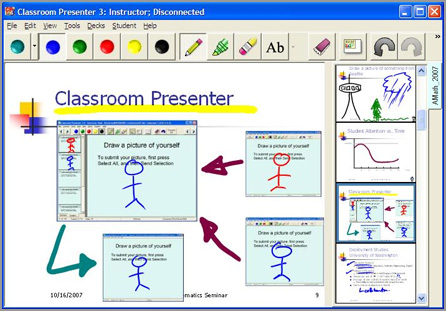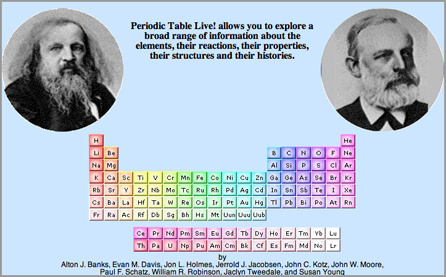Since 1991 the Toyota Tapestry Program has awarded more than $8 million to 986 teams of teachers for innovative science classroom projects. Toyota Motor Sales, U.S.A., Inc. and the National Science Teachers Association are pleased to announce the 19th Toyota TAPESTRY Grants for Science Teachers program. This year, 50 large grants of up to $10,000 each and 20-32 mini-grants of up to $2,500 will be awarded to K-12 teachers of science in the United States. The categories are Physical Science Application, Environmental Science Education, and Integrating Literacy and Science.
Earlier this year Toyota Motor Sales U.S.A., Inc. recognized 78 science teachers from across the country with $550,000 in grants via the Toyota Tapestry Program at the National Science Teachers Association (NSTA) National Conference on Science Education held in Boston, Mass.
(From Toyota Tapestry Registration and Eligibility guidelines)
Environmental Science Education
Projects are funded in the Environmental Science Education category that emphasize the efficient use of natural resources and protection of the environment. Students participating in these projects should gain an increased awareness of the terrestrial, aquatic, and/or atmospheric environment and an understanding of their own interdependence with the natural world.
Physical Science Applications
Projects are funded in the Physical Science Applications category that relate the laws, principles, and concepts of science (physics and chemistry) to phenomena and events relevant to students’ lives, and should involve students’ own experiences and interests.
Integrating Literacy & Science
This category focuses on inquiry-based science projects that incorporate effective strategies and techniques of teacher practice for the development of language arts and reading literacy. Exemplary projects include the application of the National Science Education Standards, the use of expository and informative text, academic language development, and oral and written communication skills. These projects, which can be in any science content area, must make strong connections between teaching science and research-based literacy strategies, provide evidence of hands-on/minds-on investigations and ongoing assessment opportunities.






Posted in Topics: Chemistry, Education, Engineering, Health, Mathematics, Physics, Science, Social Studies, Technology
No Comment »